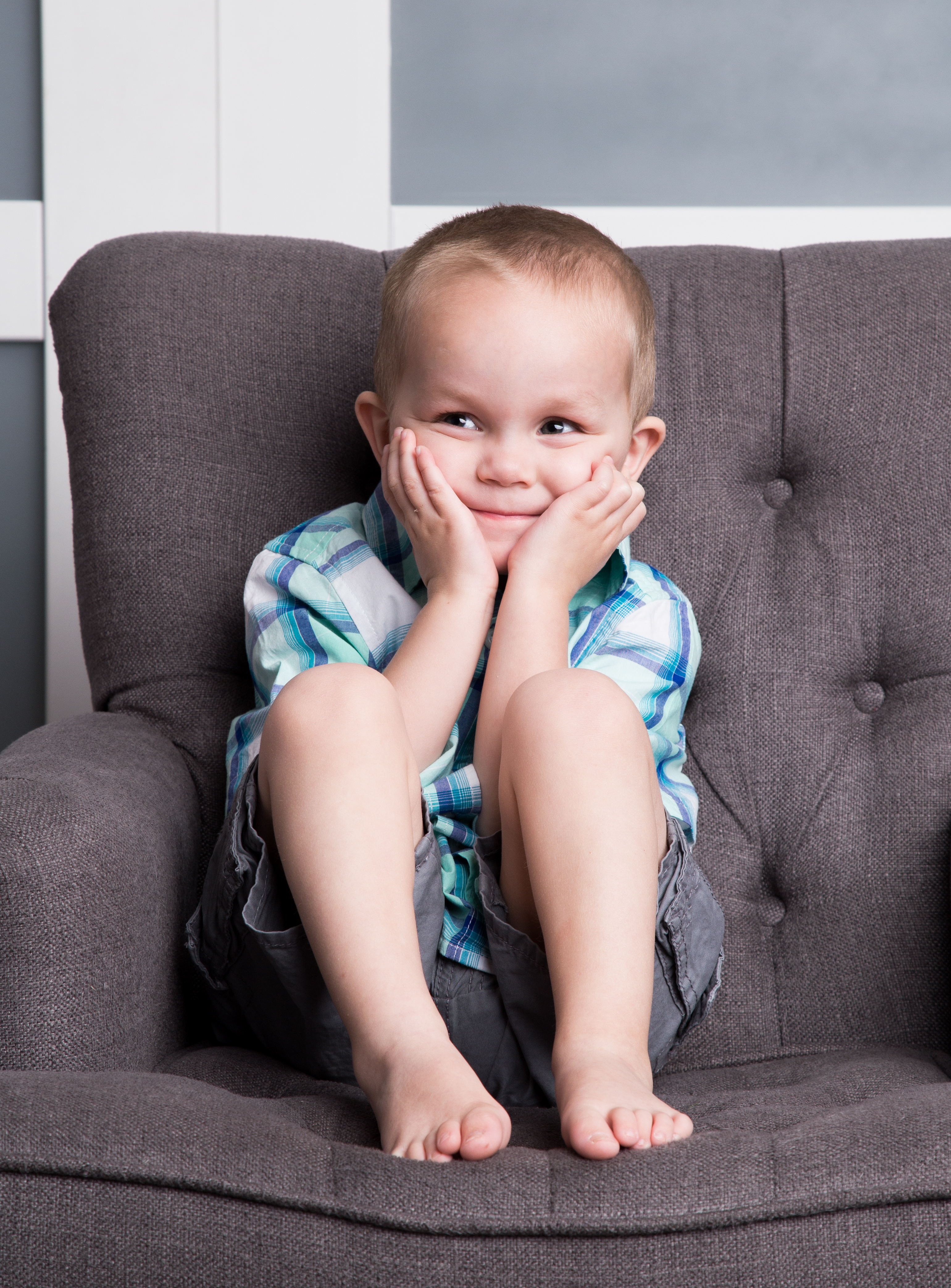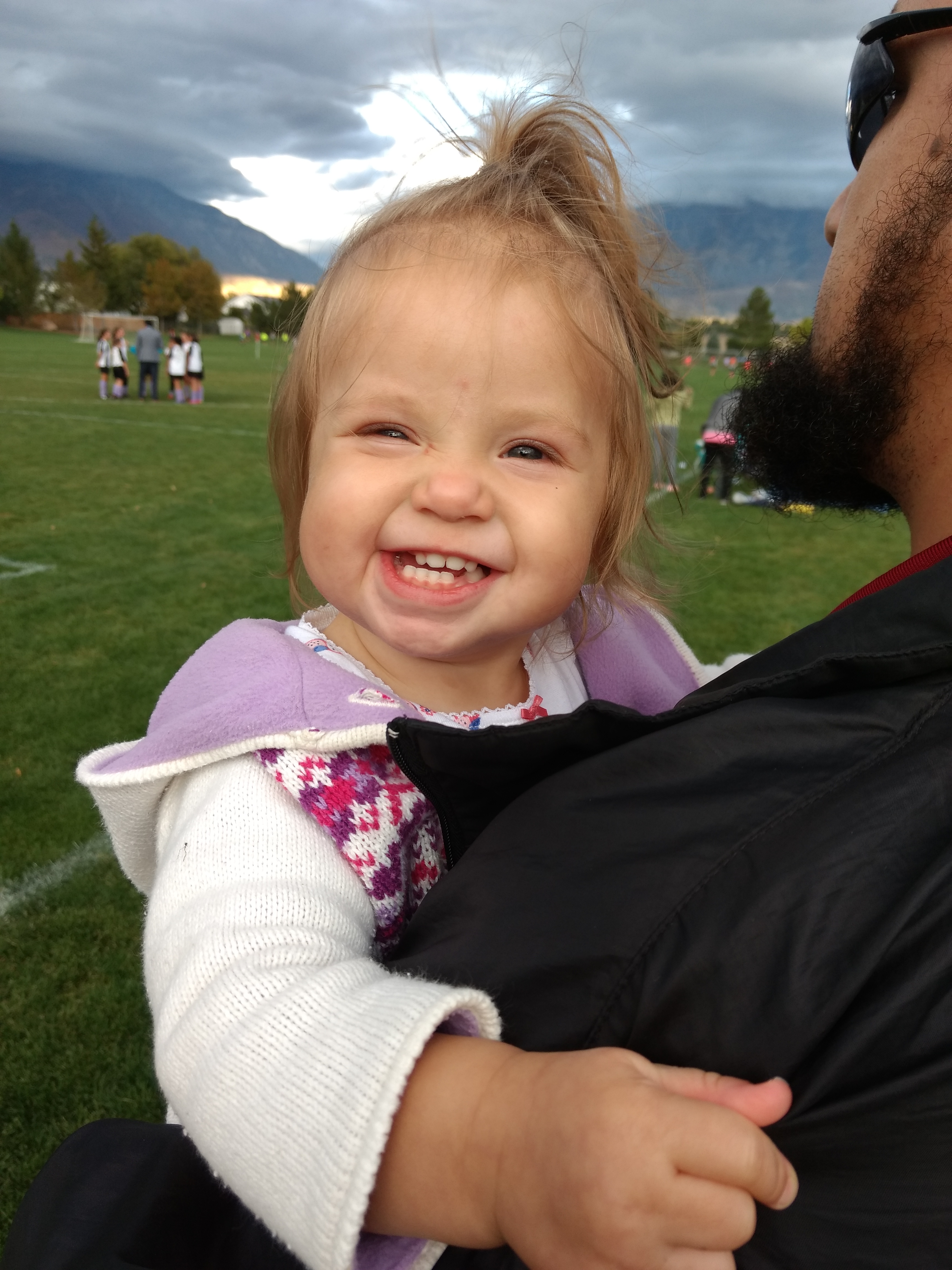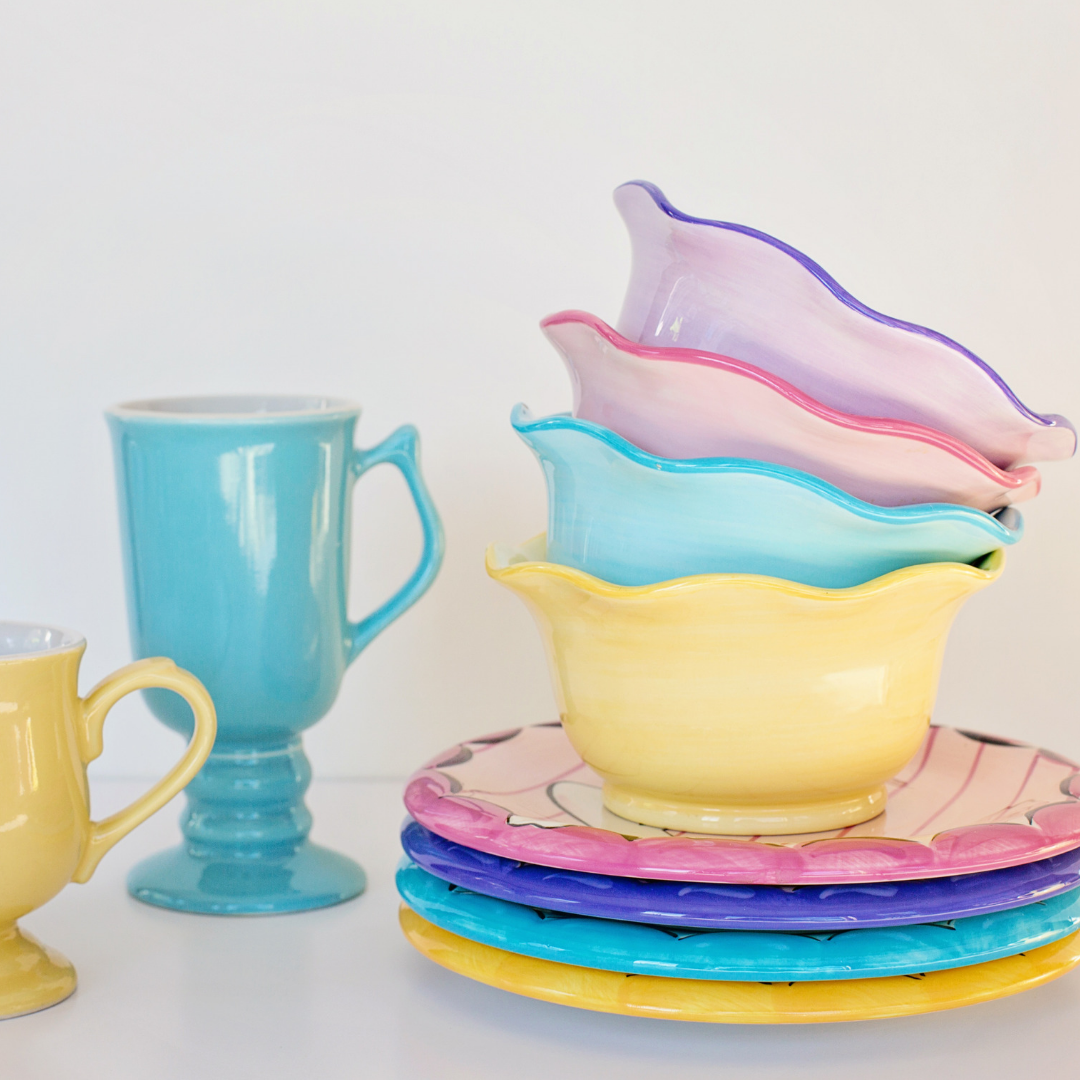How To Teach Kids To Clean Their Room

This post may contain affiliate links and we may earn compensation when you click on the links at no additional cost to you.
I don’t know about your kids but mine tend to suddenly be tired, hungry, thirsty, dramatic, and unable to function as soon as they know it is chore time.
It’s the most profound natural phenomenon that I know of. Maybe we should call it Chore Lag?
In working with my own six children of different ages and abilities, as well as many other children during my life, I have discovered that children (and let’s be honest, adults too) struggle to use self-discipline to begin organizing the task at hand.
If it seems overwhelming we just don’t even want to start. Or know where to start.
That’s why my child prefers to lay down on the floor and complain for three hours that it’s too hard instead of trying anything at all……..
It’s also the reason why adults don’t start that new business, apply for the promotion, or turn their dreams into reality.
It’s not that we are not smart, capable, and very qualified. We just haven’t trained ourselves to tame the fear and just start.
As parents, my husband and I believe very strongly that children should contribute to the family household. We realized very early in our parenting career that children are extremely capable of learning to perform household tasks, and that they benefit in many ways from contributing.

Our rule is if a child has learned how to walk, they are capable of helping with chores.
We adapt chores to be age appropriate for each child.
Our toddlers are required to help pick up their toys and put them away in the toy basket. They are also required to “make” their bed. We teach them to neatly push their blanket to the bottom of the bed (because they can’t fold or tuck yet) and place their stuffed animal on their pillow.
Our preschoolers are asked to perform slightly harder tasks like clearing the table and making sure all shoes are put away in the correct shoe basket. They are also required to help clean their floor under the direction of an older sibling that shares the room with them.
When they make their bed they are required to neatly spread their blanket, zip all stuffed animals into the beanbag at the foot of their bed, and clean off anything else that may have ended up on it. They also help sort their clean laundry into piles that others help them fold.
Our elementary aged children are responsible for cleaning family living areas such as the living room floor or the kitchen counters and table. They empty the dishwasher and take out the garbage and recycling.
They are required to help sort and fold their laundry and put it away. They are required to sweep, vacuum, and mop floors as well as clean the bathroom mirrors and wipe counters.
Our preteen children do all of the above as well as sort, wash, and dry their own laundry. They are the ones who direct the cleaning of their bedrooms with the sibling they share with.
They also help with dinner tasks and have learned to make entire dinners by themselves. They have been taught to safely mow the lawn and help pull weeds.

Every child in our home is also required to help keep their bedroom clean!
We have developed a simple system for cleaning their room that works for every age:
#1. Make A Pile– Tell your child to push everything that is out of place into a pile at the center of the room. Make sure that they pull everything that doesn’t belong off their bed, out from under their bed, in the corners, behind the door, from the closet floor, and the top of dressers.
#2. Sort The Pile– Now tell your child to make smaller category piles. Our categories include clothes, papers, garbage, clothes, toys, stuffed animals, clothes, and writing utensils. Am I the only mom that finds seven hundred crayons, pens, and pencils when their child cleans their room?!
Once everything is in a small category pile, tell them to choose which pile to put away first. Keep choosing until the entire pile has been put away and the floor is clean.
Bonus Tip: For our household, the #1 largest pile on the floor is always dirty laundry. Sometimes I tell them to pick up all the dirty laundry first before they even make the pile. That helps them not get overwhelmed by the pile if the floor is really messy.
#3. Make Your Bed– The rule in our house is that you can have one pillow, one blanket, and one stuffed animal on your bed and that is IT! Otherwise we end up with so many other things they want on their bed (Books, toys, stuffed animals, art projects, balls, you name it!) that there is no room for them to sleep on it.
Teach children when to change their bedding so it can be washed and let them help.
#4. Vacuum/Sweep the Floor- Make sure to teach your kids to do a thorough job, especially vacuuming the edges with the edging tool.
The rule in our house is that if the vacuum clogs, everyone has to help Mom take it apart and clean it out. This helps them remember the rule about don’t vacuum up anything that shouldn’t go in the vacuum.
Make sure that you teach them how to safely use plugs, wind or rewind the cord, and put the vacuum away when they are done.
#5. Positive Affirmation: This is the most important step of a child cleaning their room! When they are done make sure to take a minute and talk with them in an age appropriate way how they feel about being done and what fun things they can do now that they fulfilled their responsibilities. This works with every age, toddler to teen, just adapt for each child.

As you teach this system to your child, it will take a lot of direction and reminders from you in the beginning and then less and less as they practice it every day.
NOTE: If my child is extra tired or really wants my help I have certain guidelines that seem to help keep the balance in favor of the child accomplishing the most:
- I will not ever help a child actually clean their room until they have done at least Steps 1 and 2 above. They have to prove to me that they are already working so that they know I am helping them, never doing it for them. Bonus: If they make it to step two on their own, they usually realize that they have already done the hard part and they choose to finish on their own.
- If they ask me to help them then I tell them I am in charge of the rest of cleanup. I become the director and tell them what to do next until the project is done. They get tired of being told what to do and usually opt to work for themselves.
One of the biggest secrets that new parents have to learn is that they are so capable of teaching their children to contribute and that their child wants to contribute.
It is SO easy to get overwhelmed by the amount of patience it takes to teach and reteach and reteach and reteach… You get the idea.
Cultivating a family environment where all family members feel valued and loved is hard work; there’s no doubt about it.
Wouldn’t it be nice if you could give your child this system to follow and both of you knew they were capable of following it independently?
Sometimes it’s easier to teach this system if you practice it yourself for a few days. Or if you have more than one child, it may help to teach this system to the oldest child first and then ask that child to help you teach and reinforce it to the younger child(ren).
If you have a child with special needs, feel free to create visual or tactile reminders to help them follow the steps.

With some of our children we created checklists for cleaning their room. For some we put color coded stickers on different things around the room so they would know what they were responsible for. Be creative and take your child’s needs into account but don’t be afraid to teach this system.
Most children thrive on consistency and routines.
We hope these ideas help you cultivate your family lifestyle (and save some parenting headaches along the way).
Let us know in the comments what helped you or your kids the most.
Cheers to Clean Rooms and Happy Kids!!
About The Author
savannahsal
This post may contain affiliate links and we may earn compensation when you click on the links at no additional cost to you.
Savannah loves being a Lifestyle Writer sharing her experiences and insights as a mother of six young children. She loves to empower mothers to find better balance and enjoy higher quality time with their family through purposeful family living.
Related Posts
Children LOVE To Contribute!
This post may contain affiliate links and we may earn compensation when you click on the links at no additional cost to you.
This post may contain affiliate links and we may earn compensation when you click on…
October 9, 2018

Leave A Comment